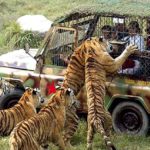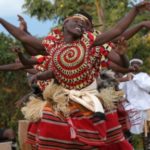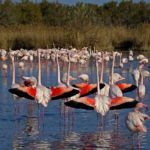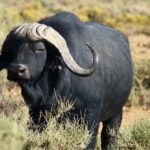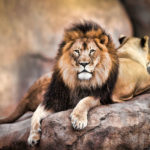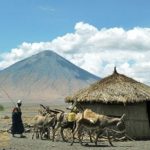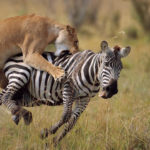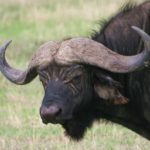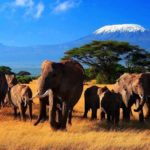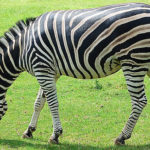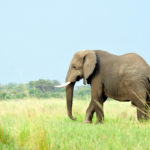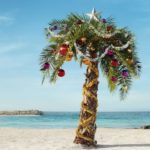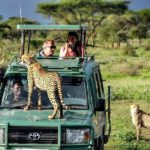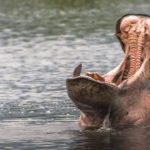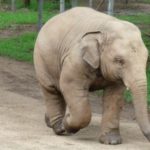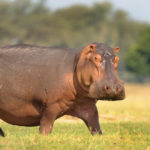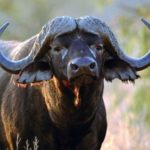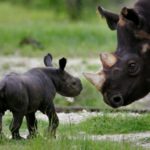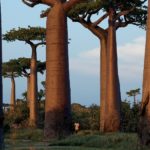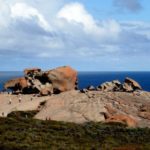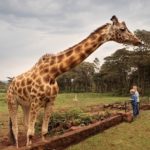Ngorongoro National Park
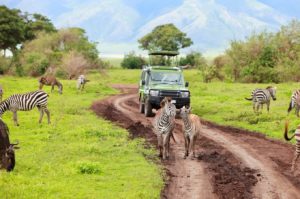 Would you like to see all of Africa in one day? Do you think this is not real? Nothing of the kind, it’s entirely possible. You can see almost all the animals that live in the African savannah. There is such an amazing place in Tanzania, at the very border with Kenya. This amazing oasis is surrounded by mountains, in which the ideal tropical climate is preserved all year round and there is Ngorongoro National Park.
Would you like to see all of Africa in one day? Do you think this is not real? Nothing of the kind, it’s entirely possible. You can see almost all the animals that live in the African savannah. There is such an amazing place in Tanzania, at the very border with Kenya. This amazing oasis is surrounded by mountains, in which the ideal tropical climate is preserved all year round and there is Ngorongoro National Park.
Virgin nature, evergreen forests, tall grasses, lakes make this place unique in every way. Herds of buffalo, antelopes, zebras and elephants graze in the meadows of this oasis.
Rhinos roam, and on the surface of the lake there are clouds of pink flamingos and other exotic birds that do not pay attention to the huge hippos sticking out of the water. All this creature is guarded by lions, hyenas and other African predators. In short, a huge open-air zoo.
There is practically no way out of this wonderful place for most of its inhabitants, except for predators and birds, because all this is at the bottom of the huge crater of the former volcano ceased to exist more than 2.5 million years ago. The crater, or rather the caldera, is surrounded by high rocky mountains that protect all this beauty from the outside world. Well, just like in the film “Sannikov Land”, but this is not fiction, but reality.
The area of this miracle is almost 300 square meters. kilometers !!! It is within this crater or caldera that there is a closed environment, examples of which are no longer in the world. The edges of the crater, like a gigantic wall, enclose their small world from the environment. This separate plant and animal community has its own characteristics due to the fact that it does not have the opportunity to get beyond the ark created by nature. And how all these elephants, hippos and rhinos got into this isolated place is still a mystery.
Crocodiles used to be here. However, the Maasai tribes, who considered this land to be their native land, gradually exterminated all reptiles. Just because toothy waterfowl prevented them from grazing cattle. The same fate would have awaited the rhinos, had the government not intervened in time. Some African peoples believed that the potion from the horns of this animal helps to restore male power, so rhinos were ruthlessly caught. Currently, out of 100 individuals in the park, only 17 are left.
Since 1951, the crater and all the animals inhabiting it became part of the Serengeti National Park. And in 1979, the Ngorongoro Crater was included in the UNESCO World Heritage List as a unique natural monument. Now it is the biosphere reserve “Ngorongoro National Park”, and 50 rangers are constantly serving in the reserve for its protection.
Outside the crater, next to the reserve, the Maasai tribe still lives, leading the very way of life that has been accompanying them since ancient times – mainly cattle breeding. The tribe’s people are allowed to livestock and graze in this zone, but any agricultural activity has been officially banned since 1975 in the crater.
The flora of the reserve is also amazingly diverse. Here you can travel through the woods and savannah, see the steppes and ponds – rivers, lakes, swamps. Along the edge of the volcanic crater is a wet savannah covered with shrubbery. In addition, the remains of evergreen forests and tall grasses covering the ground can be seen here. Shorter grass, as well as whole forests of acacias can be seen at the bottom of the crater. There are also sources of drinking water, to which paved trails numerous animals that live in this unique place.
In Ngorongoro, the climate varies depending on the height: higher areas are usually humid and foggy, and on the plain the temperature varies greatly throughout the whole year. Despite the small size of the park, the wildlife of the reserve is extremely diverse. Here you can find more than 30 thousand species of various animals living and hunting sometimes side by side with each other. Visitors to the park can enjoy the magnificent sight of herds of wildebeests and zebras, majestic elephants and immense two-horned rhinos pass by, lions and leopards rush wildly, monkeys swing on branches and vines. Of the classical representatives of the African world, only giraffes are not found here, most likely due to the extremely steep slopes of the mountains. The fauna has populated the cavity so densely that sometimes you can see several representatives of the African fauna at the same time.
The animals inside the crater chose their own housing areas. In the upper tier, completely covered with thorns, dikdiki antelopes live. On the plain there are herbivores – wildebeests, zebras and gazelles, as well as predators – lions, leopards, hyenas, jackals and foxes. At the very bottom of the crater is a lake surrounded by swamps. It is here that elephants and buffalos come to the watering hole. Also near the swamps you can find antelopes and reed goats. Impala and kongoni live in two forests.

